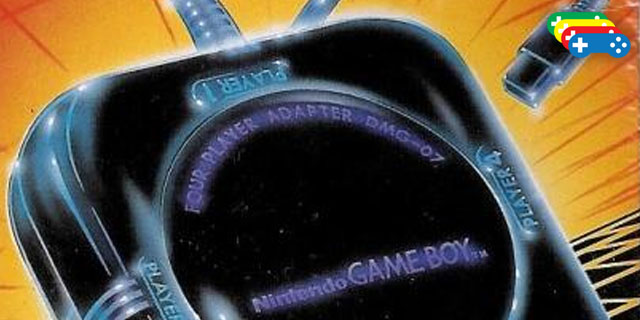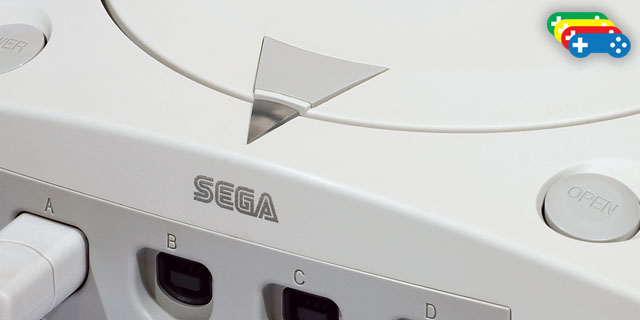
Steam’s new Big Picture Mode has a lot to offer to many. A unified controller-supporting environment for launching and playing games makes for a comfortable TV experience, and replicates many things that were previously an advantage for consoles. The interface makes a lot more sense than what’s available on existing systems, and should hopefully advance ideas there that can proliferate across the industry. These are great! If you’re looking for a more substantive shift, though, it’s in the multiplayer arena. Emphasizing controller support and large screens makes the PC a much more appealing option for local play. READ MORE

If you were waiting for this column to get super-literal, wait no longer. This time, we’re talking an actual multitap; specifically, the one belonging to the original PlayStation. (Even though you can just play them on the PS3 now, without extra hardware.) What are the multiplayer experiences worth busting out four controllers? READ MORE

Games, even cooperative ones, aren’t always a field of equals. There’s been some controversy lately about what to call this brand of asymmetrical co-op, but I choose to credit the first popular instance of the concept: Tails in Sonic the Hedgehog 2. Tails was fully-playable by a second player, but he was invincible, re-spawned when he left the screen and wasn’t given any credit for the team’s exploits. As a little one particularly lacking in skill in Sonic games, I appreciated it then as a way to get through the game by basically only using Tails. These days, I appreciate it because it allows for a cooperative experience in a game with design elements that should have precluded a second on-screen player. READ MORE

Generally, when you’re looking to play a game with friends, it’s much easier to do it on a home console. With portables, each player usually needs a system, and most need a copy of the game (and maybe some funky cables, if you go back enough). Generally, people haven’t bothered to take advantage of the technology. Of course, if you’re a crazy person like me, that’s more of an incentive than a barrier. READ MORE

The Dreamcast is a system with a sizeable fan base, even to this day. There’s a reason for that, beyond it containing Sega’s last system-scale software push and being the first polygonal system to care about long-term visual fidelity. Why? It’s because it was, for all intents and purposes, an arcade system, and like the Neo Geo before it, it enjoyed the pick-up-and-play, attention-grabbing fare that framework brings. Unlike the Neo Geo, though, the Dreamcast had a four-player party play focus. READ MORE
























